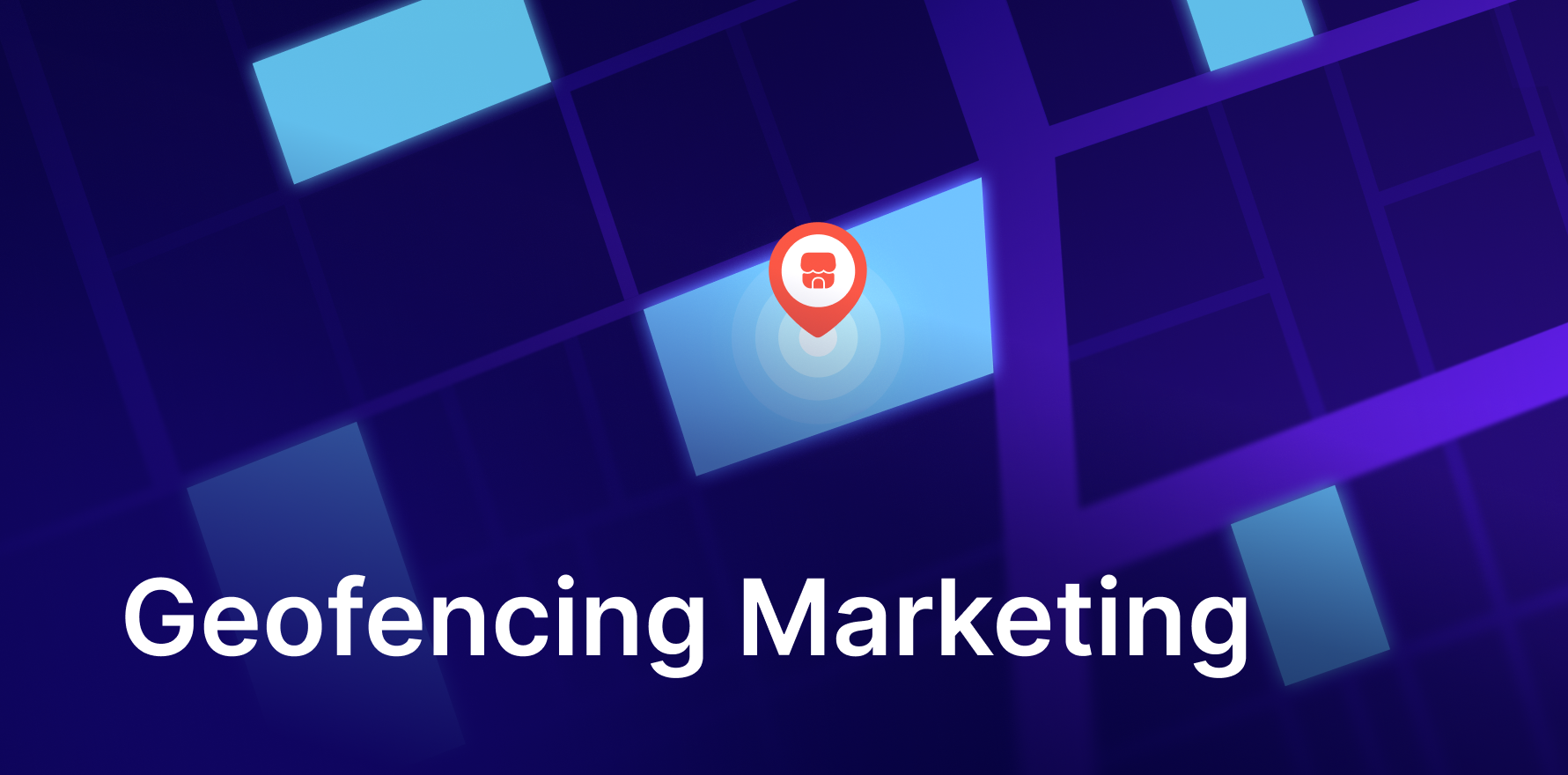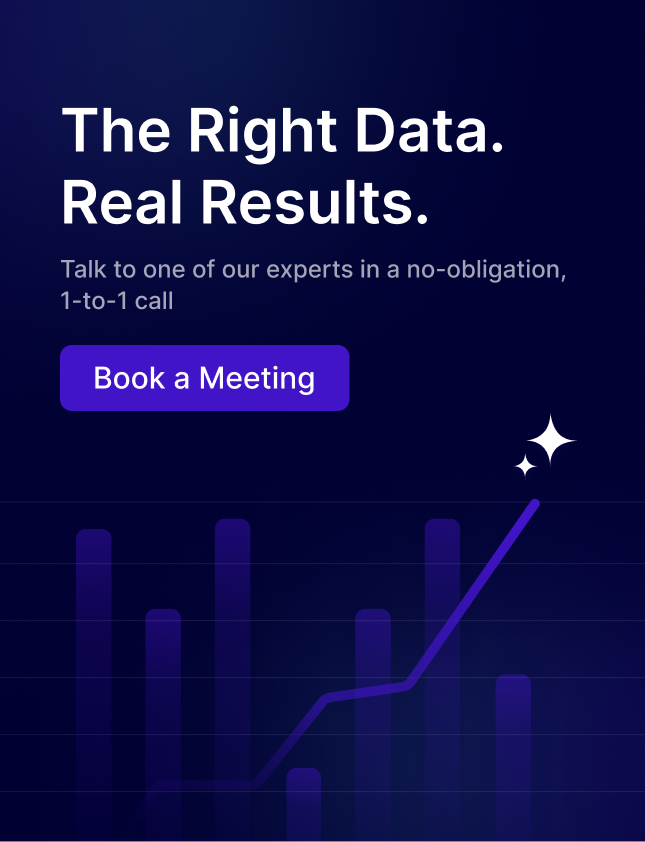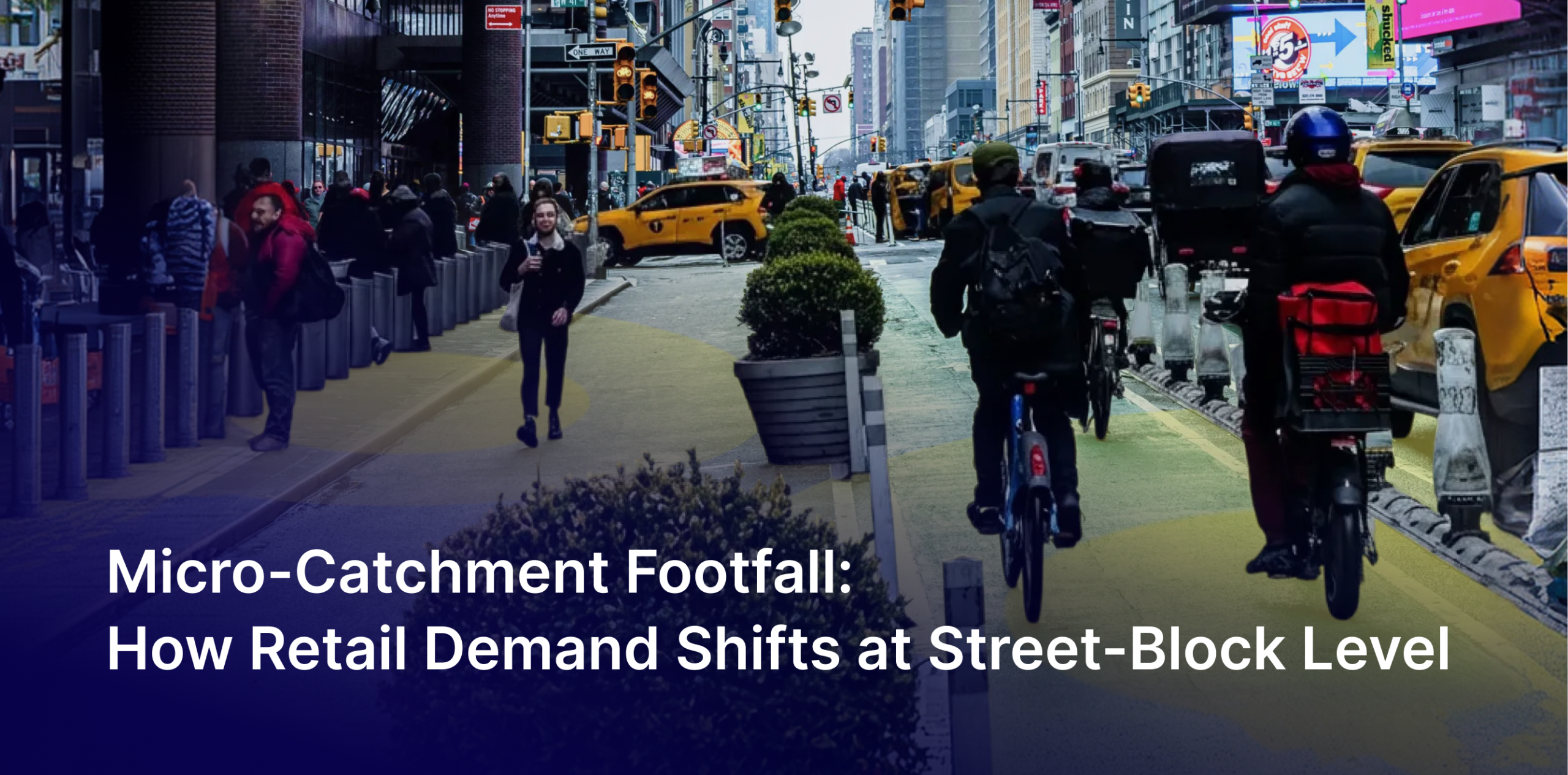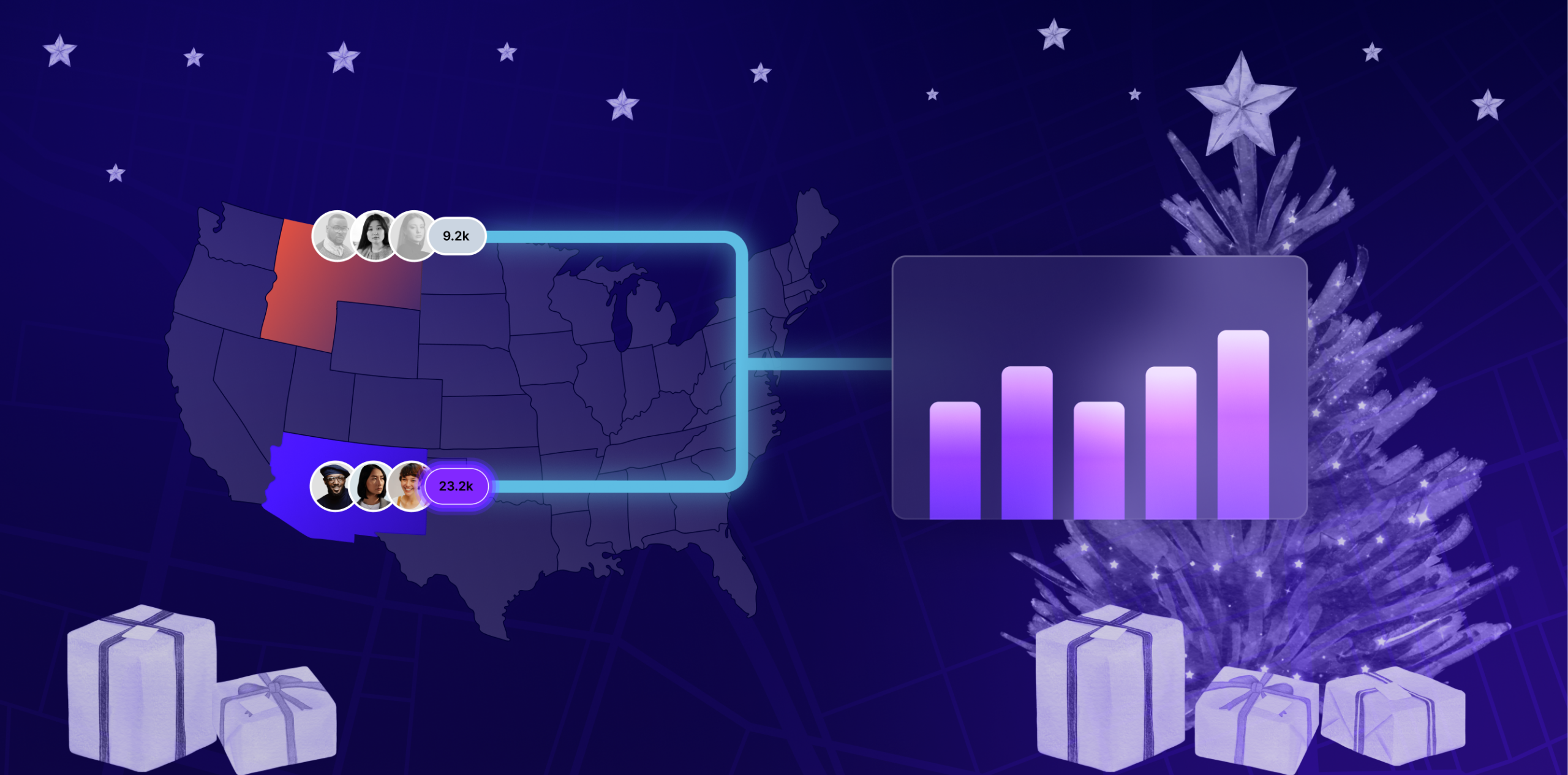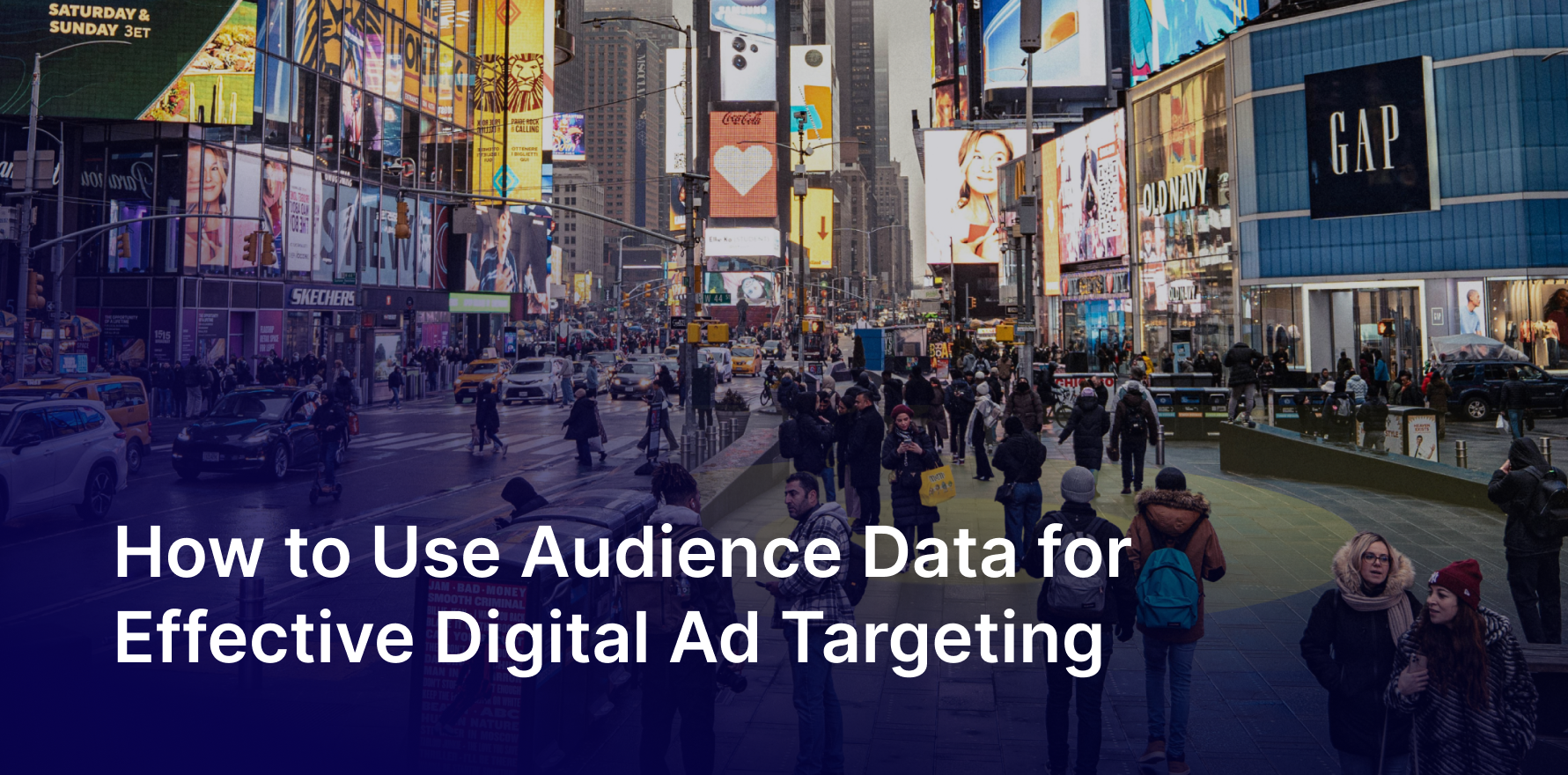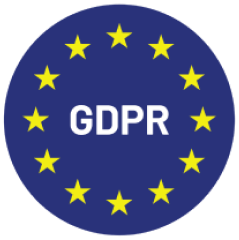Generic ads rarely grab attention in today’s crowded digital landscape. What businesses need is a way to connect with potential customers when they’re most likely to engage.
That’s exactly what geofencing marketing offers. By creating digital perimeters around specific locations, brands can deliver personalized promotions, notifications, or ads to people based on where they are. This adds precision and relevance to marketing campaigns.
It’s a strategy that works equally well for local businesses looking to boost walk-ins and for larger brands aiming to enhance customer experiences at scale.
Read About: What is Points of Interest (POI) Data?
What Is Geofencing Marketing?
Geofencing marketing is about drawing a virtual boundary around a physical location. When a person or device enters or leaves that boundary, it can trigger a predefined action, anything from logging an event to sending a notification.
Whether it’s welcoming customers to a store, targeting competitors’ visitors, or retargeting people later online, geofencing provides a powerful way to deliver contextually relevant engagement.
How Geofencing Marketing Works?
One of the most common marketing use cases involves smartphones: if a customer has a business’s app installed, the geofence can detect when they enter or exit the boundary and trigger actions such as showing them an ad, sending a notification, or logging their presence for retargeting.
The boundary of a geofence can be as small as a few meters, such as around a shop or café, or as large as an entire city district. The precision depends on the technology being used:
- GPS provides high accuracy outdoors.
- Wi-Fi and cellular signals improve accuracy in urban or indoor areas.
What makes geofencing powerful isn’t just the technology, it’s the actions it enables when people move in and out of these boundaries. Typically, these actions fall into three categories:
1. Triggering ads
Example: A shopper visits a competitor’s electronics store. Later, while browsing a news article on their phone, they see an ad for your discount on the same product.
2. Sending notifications
Example: A traveller steps off a plane and instantly receives a push notification with a personalized hotel offer nearby.
3. Logging presence for retargeting
Example: A fitness enthusiast walks past a gym. Their visit is logged, and later they’re shown a free trial class offer when scrolling through social media.
These messages aren’t random. They are contextual, location-driven interactions that feel timely and useful. That’s why geofencing campaigns often perform better than generic digital ads.
But beyond marketing performance, geofencing offers something deeper: insight into human behavior. By tracking movement patterns, dwell time, and visit frequency, businesses can understand not just where customers are, but how they live, shop, and make decisions.
The Business Impact
Geofencing’s true value comes from its precision, relevance, and measurability.
1. Precision
Traditional advertising often wastes resources reaching broad audiences. Geofencing, on the other hand, targets only those within a specific area. You can connect with the people most likely to take action, those who are physically close to your store, event, or competitor.
2. Relevance
It’s not a secret that timing is everything in marketing. When a person gets a message while near your business, the chance of engagement increases significantly. A lunchtime offer sent near an office area is much more effective than the same ad seen late at night.
3. Measurability
Unlike traditional outdoor ads, geofencing allows direct tracking from ad impression to physical store visit. Businesses can measure:
- Foot traffic lift – the increase in visits attributed to ads.
- Cost per visit (CPV) – spend divided by in-store visits.
- Dwell time – how long people stay after entering the geofence.
- Conversion rates – the percentage of visits that turn into purchases.
A simple ROI example:
A café spends $3,000 in a month.
- Campaign delivers 100,000 impressions.
- Click-through rate (CTR) of 1% → 1,000 visits.
- In-store conversion of 20% → 200 purchases.
- Average spend per visit: $8 → $1,600 in direct revenue.
At first glance, that’s just breaking even. But add repeat visits, upsells, and lifetime value, and the ROI climbs significantly. With optimization—better timing, targeted offers, and creative testing, returns of 300%+ are common.

4. Competitive Advantage
Geofencing isn’t just about reaching people; it’s about staying ahead of competitors. By targeting competitor locations, businesses can catch customers at the moment they decide. For example, a fast-food restaurant can geofence another chain and offer instant mobile coupons to customers nearby.
Read About: What is Points of Interest (POI)?
Strategies That Work
Geofencing is most effective when used strategically. Simply drawing a radius and sending generic ads won’t deliver the best results. Here are proven approaches that make geofencing campaigns impactful:
1. Competitor Targeting
Create a geofence around competitor locations to draw in potential customers. If a shopper is currently browsing for shoes at a competing store, they are likely to consider your promotions.
2. Event-Based Campaigns
Gatherings such as conferences, concerts, and sporting events attract large crowds. Geofencing these locations enables brands to engage in real time and retarget attendees afterward.
3. Isochrone Targeting
Rather than relying on a standard radius, apply travel-time targeting. For instance, aim at individuals within a 10-minute driving distance from your shop. This method reflects how consumers assess convenience.
4. Time-Based Optimization
Run ads during peak intent hours. Restaurants, for example, might advertise during lunch and dinner rush. Gyms can target early mornings and evenings.
5. Creative and Offer Testing
Minor tweaks in wording or visuals can significantly impact performance. Conducting A/B tests on various ad versions helps refine messaging that resonates most with customers.
6. Compliance and Privacy
With power comes responsibility. Laws like GDPR and CCPA regulate how businesses collect and use location data. Additionally, some U.S. states prohibit geofencing around sensitive places such as schools and healthcare facilities.
Best practices include:
- Transparent disclosure of location tracking.
- Clear opt-in and opt-out mechanisms.
- Partnering with vendors who prioritize privacy.
Brands that handle compliance well not only avoid penalties but also build trust with customers.
Read About: Texas Point of Interest for Business Owners
The Future is Already Here
Geofencing is no longer just about drawing virtual boundaries, it has already become smarter, faster, and more personalized thanks to advances in technology.
1. AI and Machine Learning
Geofences are now dynamic rather than static. Campaigns adjust automatically based on consumer behavior, with AI predicting when someone is most likely to engage and optimizing targeting in real time.
2. 5G Networks
With the rollout of 5G, connectivity is faster and tracking is more precise. This enables instant delivery of ads and smoother experiences, making geofencing more accurate and responsive than ever.
3. IoT and Wearables
Smartwatches, connected cars, and other IoT devices are expanding the ways location data is used. A hotel can already send an offer to a traveler as their connected car enters the city, or a fitness brand can reach customers through their wearable devices.
4. Contextual and Emotional Targeting
Geofencing today goes beyond location. By combining contextual and sentiment data, brands can tailor messages to the moment, whether someone is shopping, commuting, or relaxing, adding another layer of relevance.
5. Privacy-First Innovation
Stronger data regulations have accelerated consent-driven targeting. Consumers now have more control over how their data is used, and brands that prioritize transparency and trust are the ones gaining an edge.
Final Thoughts
Geofencing marketing is no longer just a futuristic concept, it’s a practical, powerful tool that helps brands connect with people in meaningful ways. By leveraging location data, businesses can deliver the right message, at the right place, at the right time.
From cafés to car dealerships, hotels to healthcare providers, geofencing enables real-world engagement that feels natural rather than intrusive. And as technology advances, with AI, 5G, and IoT, its potential only continues to expand.
If you’d like to see how geofencing can give your business a sharper edge in understanding and engaging consumers, you can explore our sample data to test the possibilities. Or, if you’re ready to take the next step, you can talk to an expert and start building location intelligence into your marketing strategy today.
For businesses, the question isn’t whether geofencing belongs in your strategy, it’s how creatively and responsibly you’ll use it to build lasting relationships with your customers.
You may also like

